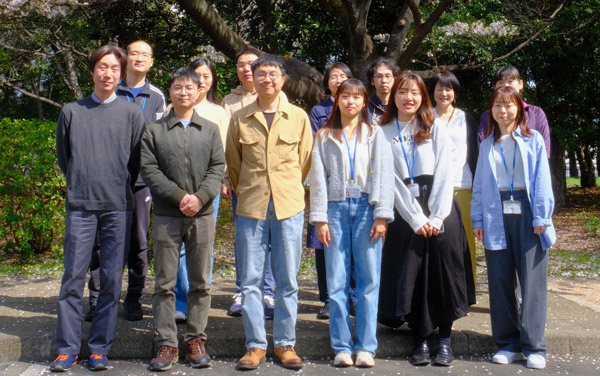
Figure 1: Increasing the size of the magnetic field (red horizontal arrows) applied to rod-like viruses during self-assembly produces thicker, larger disks. Reproduced, with permission, from Ref. 1 © 2015 S. Wang et al.
Seeking to mimic self-assembly processes that occur naturally, RIKEN researchers have demonstrated that the self-assembly of rod-shaped viruses can be controlled by applying a magnetic field1. This could help to develop artificial self-assembly processes that are more controllable than existing ones.
When constructing a house, a bricklayer has to take each brick and cement it in place. But in many biological processes, the 'bricks' arrange themselves into structures spontaneously.
Due to their high efficiency and precision, such self-assembly processes are increasingly being used in areas such as nanotechnology and materials science.
However, unlike natural self-assembly processes, which terminate once the structure reaches a certain size, artificial ones tend to continue indefinitely. For example, the protein shell of a virus will stop growing when it becomes a sphere or tube of a certain diameter.
"Because we can't control the structure size in artificial self-assembly processes, the final size and shape distribution of such structures is very broad," explains Yasuhiro Ishida of the RIKEN Center for Emergent Matter Science.
Ishida is keen to discover how nature controls the size in self-assembly processes and then try to replicate it in the lab.
"Our question is: how can nature control structure size in such highly uncontrollable systems?" says Ishida. "There must be some mechanism that automatically controls the size and shape even under equilibrium conditions."
Now, Ishida's team has used rod-shaped viruses to demonstrate a self-assembly system that produces disks whose diameters can be controlled by a magnetic field. The magnetically induced twisting exploits a property known as chirality that many natural systems use to limit structure size.
Being chiral, the viruses prefer to pack together with a slight twist between neighbors. When no magnetic field is applied, the disk accumulates a twist during self-assembling, which causes it to stop growing once it reaches a certain diameter (Fig. 1, left).
Applying a magnetic field to the viruses during self-assembly reduces the amount of twisting between neighboring viruses, which allows the disk to grow larger. Varying the magnetic field intensity alters the disk size accordingly (Fig. 1).
"This process surpasses natural systems in that it can adaptively change the end point of its growth," says Ishida.
When the researchers turned off the magnetic field after the disks had formed, the disks began to slowly unravel, producing corkscrew-like structures. "I was so surprised when my students showed me the video of this unravelling," recalls Ishida. "It was very beautiful to watch."
Ultimately, Ishida's team aims to go beyond nature and develop innovative self-assembly systems. "Our ultimate goal is to use self-assembly to perform things such as small-scale surgeries in the body, for example," says Ishida.

Yasuhiro Ishida (far left) and his team have demonstrated self-regulating assembly of chiral colloids to realize robust size and shape control. © 2025 RIKEN






